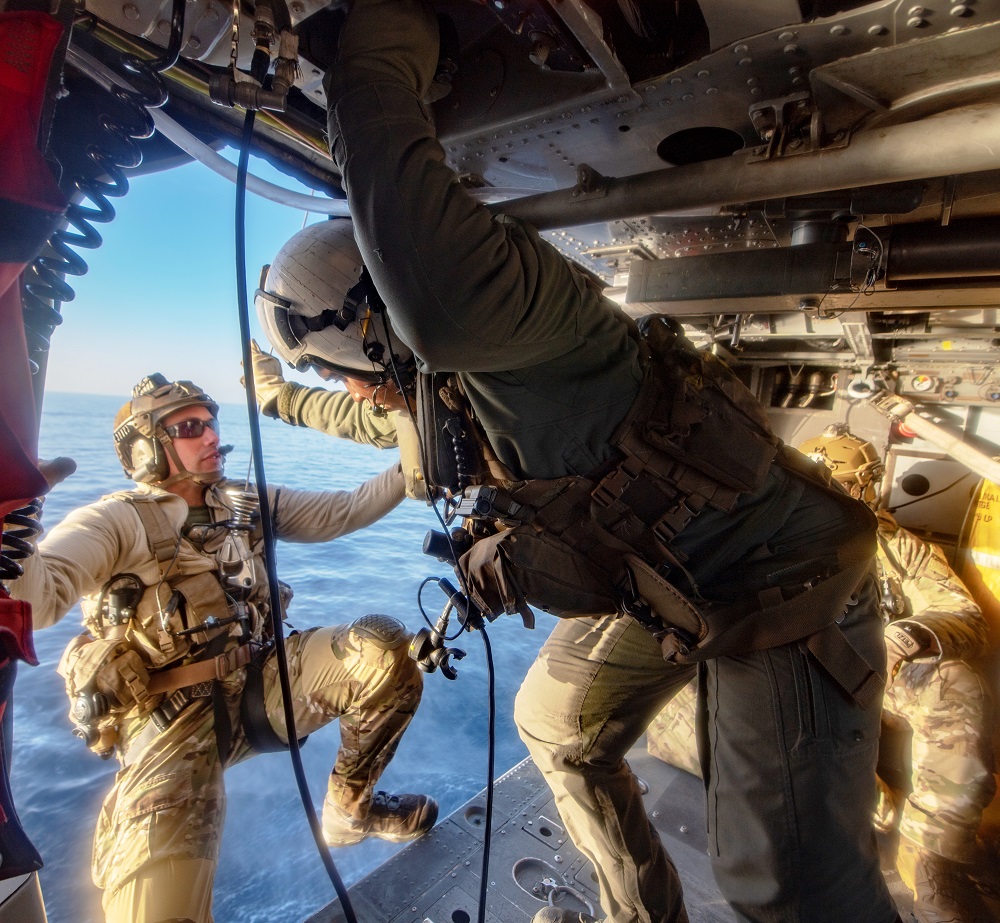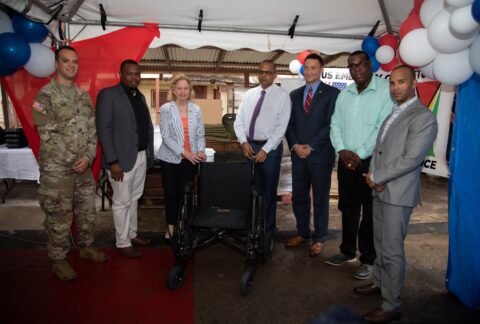Colombian, Costa Rican, and Panamanian authorities, with intelligence support from the U.S. military, fight against narcotrafficking in combined operations.
Costa Rica on alert
According to Michael Soto, Costa Rican minister of Public Security, on April 15, the Costa Rican Air Vigilance Service and the U.S. Coast Guard Helicopter Interdiction Tactical Squadron intercepted a vessel in international waters in the Pacific Ocean, carrying 771 kilograms of cocaine with an estimated value of $29 million.

Moreover, said Soto, in cooperation with the United States, Costa Rica seized 35.45 metric tons of cocaine and marijuana combined in 2018 and 45.7 metric tons of cocaine and marijuana in 2019, making his country one of the most efficient at illicit drug interdiction in the region.
Panama counters narcotrafficking
In Panama, National Police General Director Jorge Miranda provided the results of operations in March: 80 small-scale counternarcotics operations, 306 raids, and 16,000 ecstasy pills seized.
In addition, on April 13, the Panamanian Air and Naval Service (SENAN, in Spanish) conducted an operation, with support from the U.S. Coast Guard, and seized one metric ton of cocaine on a speedboat near Tiger Island, in the Guna Yala indigenous community, northeast of Panama City, off Panama’s Caribbean coast.
According to Panama’s National Police Anti-Drug Directorate, from January 2019 to April 19, 2020, Panamanian authorities seized 86 metric tons of cocaine and 22 metric tons of marijuana, and detained 56 people linked to narcotrafficking, 10 percent of whom were foreigners.
Colombia hits hard
On April 15, the Colombian Army’s Vulcano Task Force, the 1st Counternarcotics Brigade, and the Colombian Army Aviation found 1 metric ton of cocaine in a cocaine hydrochloride-processing lab consisting of six buildings and a warehouse in the municipality of Tibú, Norte de Santander department.
“This affects the financial framework of the 33rd Organized Armed Group [GAO, in Spanish], remnants of the Revolutionary Armed Forces of Colombia,” Colombian Army Brigadier General Olveiro Pérez Mahecha, commander of the Vulcano Task Force, told Diálogo.
On April 12, in other operations conducted in the Tibú and Teorama municipalities, the Army reported that one of its Second Division’s brigades found three buildings used by the National Liberation Army GAO, a United States-designated terrorist organization, to process coca base paste and hide stolen oil. In March, service members dismantled 14 illegal labs in Guaviare department. Authorities have destroyed 66 labs in the country in 2020, says the Army in a report.
The Army has also strengthened operations against illegal mining. On April 14, the Army’s Seventh Division dismantled an illicit mining site belonging to the Clan del Golfo GAO, located in Dabeiba municipality, Antioquia department. At the site, service members destroyed two dredges, five engines, and an excavator, the Military Forces reported.








